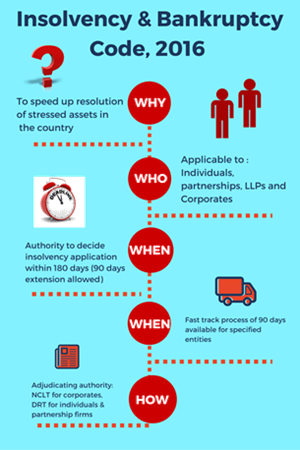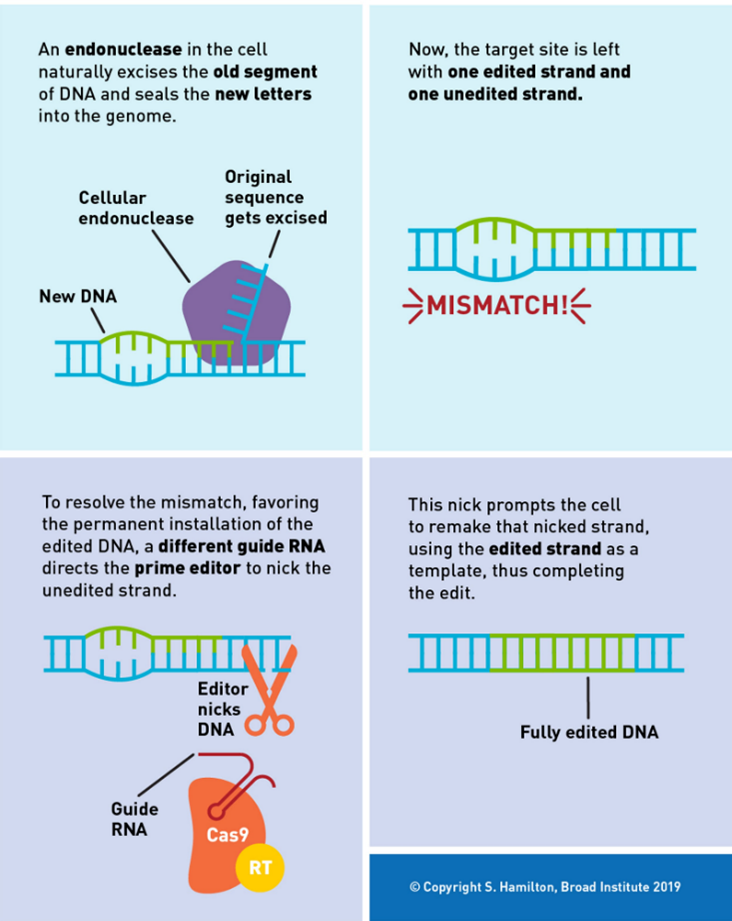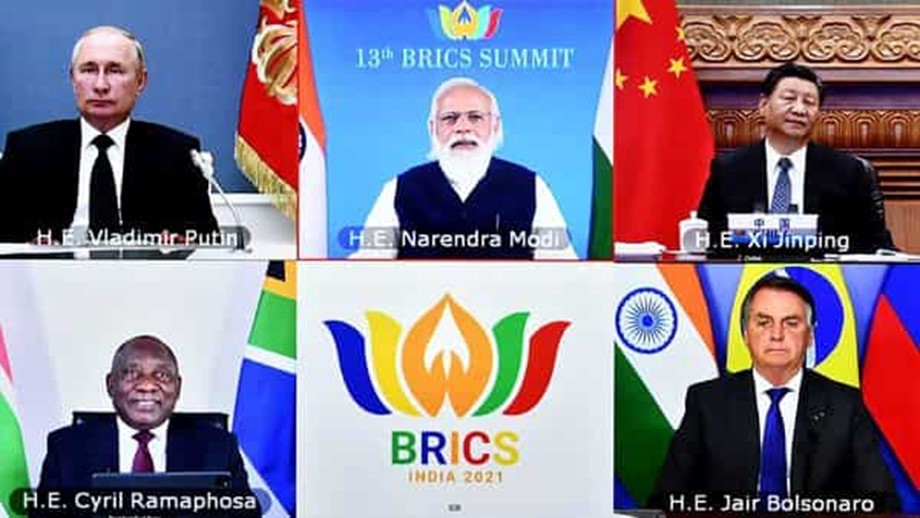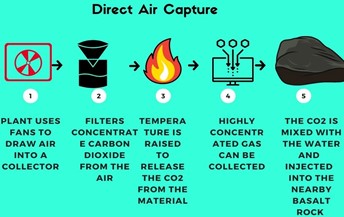Wednesday, 15th September 2021
School Children's Online and Offline Learning (SCHOOL) survey
In News
Recently, the survey titled Locked Out: Emergency Report on School Education has been released.
About the news
- Background: With schools being closed for nearly 17 months, the survey was conducted to find out the status of learning during this period.
- Focus of the Survey was on relatively deprived hamlets where children generally attend government schools.
Findings of the Survey
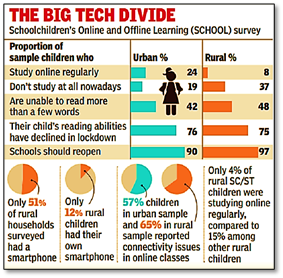
- Reasons for limited reach of online education: Lack of money, poor connectivity, no access to smartphones (even among households with smartphones, they are being used by working adults)
- 26 per cent of the households had switched from private to government schools for lack of funds, while mid-day meals had been discontinued in all sample schools.
- Recommendations:
- First Step: Repairing school buildings, issuing safety guidelines, training teachers
- Next Step: Transition of schooling system is needed to enable children to catch up with a reasonable curriculum and to restore their psychological, social and nutritional wellbeing.

Sources:
School Children's Online and Offline Learning (SCHOOL) survey:
Image Source:
Digital Agriculture
In News
Ministry of Agriculture and Farmers welfare has signed 5 MOUs with private companies for taking forward Digital Agriculture.
About the News
- The Mission: The government has initiated the Digital agriculture mission for 2021 -2025, for projects based on new technologies like artificial intelligence, block chain, remote sensing and GIS technology, use of drones and robots etc.
- The MOUs focus on Modernization of the Agriculture sector by infusing new technologies to increase farmers’ income. The agriculture supply chain players will be able to plan their procurement and logistics on precise and timely information.
- Based on these pilot projects farmers will be able to make informed decisions on crops to grow, variety of seed to use, best practises to maximize the yield, whether to sell or store their produce, when, where and at what price to sell.
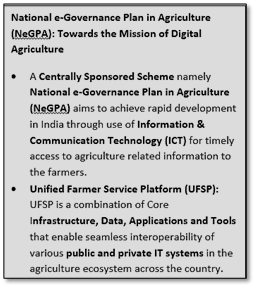
About the Digital Agriculture Ecosystem
- The Agriculture value chain: This extends from crop selection to crop management and the market; it involves public and private players in agricultural inputs, services and logistics.
- Long term aspects: Establishing a digital ecosystem of agriculture should take a long-term view of aspects like interoperability, data governance, data quality, data standards, security, privacy and innovation.
- Autonomy to Service Providers: A significant requirement for agriculture transformation will be possible through adoption of a decentralized, federated architecture. This will:
- Assure autonomy to the service providers/other stakeholders and
- Ensures interoperability
- Federated Farmers Database: This database will be linked by the land records of farmers from across the country and unique Farmer ID will be created.
- Information of all benefits and supports of various schemes of Central & State Government will be consolidated under this database.
- It will act as the source for accessing information and for providing benefits to farmers in the future. So far, the database contains details of around 5.5 crore farmers.
Sources:
- Ministry of Agriculture and Farmers welfare signs 5 MOUs with private companies for taking forward Digital Agriculture
- Agriculture Minister signs 5 MoUs of Digital Agriculture with private companies:
- National e-Governance Plan in Agriculture (NeGPA): Towards the Mission of Digital Agriculture:
- Digital Agriculture
New Rules to Facilitate Adoption
In News
The ministry of Women and Child Development will soon issue a notification to facilitate inter-country adoption under the Hindu Adoptions and Maintenance Act (HAMA).
About the News
- Continuation of Reforms: The plan follows government’s reforms of relaxing domestic and foreign adoptions. The current rules create hassles for NRIs in many ways.
- Need for New Rules: There was a gap between this HAMA and the Hague Convention, the international treaty for inter-country adoption. India is also a member of the treaty.
Current Regulations for adoption
- Currently adoptions are governed under the Hindu Adoptions & Maintenance Act (HAMA), 1956.
- It is a personal law applicable to Hindus, Buddhists, Jains and Sikhs.
- It does not facilitate inter country adoption.
- Stay: It is mandatory for the parents who adopt to stay in India for 2 years after adoptio

New regulations for adoption
- Stay: As per the new rules the families can leave the country within two years of the adoption.
- Families have to inform Indian diplomatic missions two weeks in advance of their intent to travel with the adopted child.
- The families are to furnish all details, including that of residence.
- No-objection certificate (NOC): As per new regulation, families adopting under this Act can receive a NOC from Central Adoption Resource Authority (CARA).
- Currently, the couple have to approach the courts for the NOC.
- Monitoring: The Indian diplomatic missions will monitor the progress and security of the adopted child, instead of CARA and other authorities.
- It will facilitate ease in adoptions.
- It will ensure prevention of abuse or child trafficking.
Source:
Learning Gaps due to School Lockdown
In News
Recently, a Parliamentary Standing Committee released a report “Plans to Bridge the Learning Gap caused due to School Lockdown as well as Review of Online and Offline instructions and examinations and plans for re-opening of Schools”.
Setting the context
- COVID-19 pandemic affected educational systems world-wide leading to closure of schools, colleges and Universities, creating Learning Gaps among students.
- According to the United Nations Children’s Fund (UNICEF), some 250 million children enrolled in schools across India, and another 28 million aged 3-6 years in early-childhood education, have been affected by school closures.
- Despite of a few initial teething problems, the Ministry of Education and other organizations in the field rose to the occasion and took various steps/measures to broaden the outreach of online/digital education and remote learning.
Reasons for these Learning Gaps
- Long school lockdown: The duration of school closures in India has been among the longest in the world.
- Remote Learning: At the core of the currently deepening education crisis lies the great divide in remote learning induced by gaps in access to online education related to:
- Physical infrastructure (unreliable electricity supply, study space, and overall home environment)
- Electronic devices (access to smartphones, computers, TV, etc.)
- The Internet (3G, 4G, or Broadband)
- Social Divide: There is intermeshing of poverty, inequality, social identity, and gender relations and the manner in which they reinforce and offset each other within the education system is quite interesting. These disparities translate to substantial differences in children’s access to digital resources, adult supervision, and proper learning environment.
- Socio-cultural Gaps: Although the DIKSHA portal is being used across 30 states and UTs in the country, it is difficult to navigate for rural students with limited knowledge of technology.
- Furthermore, the platform offers limited ability for customisation at the state level, and therefore disregards the socio-cultural differences among children belonging to different parts of the country. A majority of the quality educational material such as interactive tools are available in English.
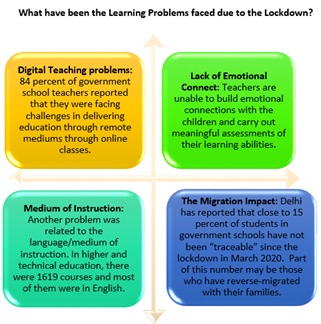
What can be the possible impacts of these Learning Gaps?
- Weak Foundations: Learning loss of more than one whole academic year can weaken the foundational knowledge of the students especially in the subjects of mathematics, sciences and languages at school level. School closures have led to a widespread phenomenon of forgetting among children.
- Regression in learning: With online and remote learning being far less effective than the teacher-driven, physical classroom mode, students have suffered “regression in learning”.
If this loss in learning is not compensated for, it will have a domino effect on the future learning of children as they are promoted to higher grades.
- Wellbeing of students: Along with the above identified issues, the last minute postponement of examinations has also affected the mental and physical wellbeing of the children.
- Widening of Gender gaps: Girls are at greater risk of dropping out. Analysis by the Right to Education Forum estimates that some 10 million secondary-school girls are at risk of dropping out due to the pandemic. This can set back India’s efforts at promoting the welfare of girls.
Recommendations of the Panel to bridge these Learning Gaps
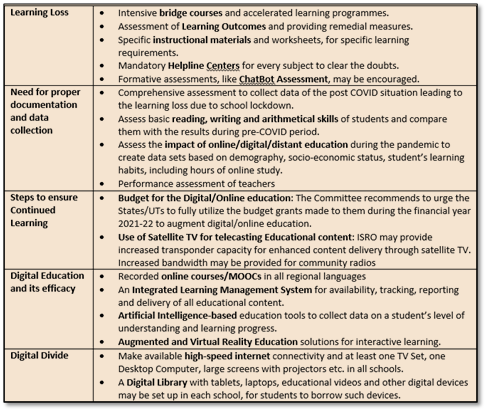

Conclusion
India’s education sector is experiencing a crisis far deeper than the one prior to the pandemic. Immediate and effective measures are needed to pull millions of children out of this crisis. Even with the best resources, remote learning with digital aids has been less effective than classroom learning.
If there is one positive outcome of the transition to remote learning, it is the improvement in digital literacy among education stakeholders—the students themselves, and their teachers and parents. This literacy can pave the way for a blended mode of learning, wherever feasible, wherein the beneficial outcomes from digital learning can be combined with those from in-person class lectures to enhance the quality of education as well as digital literacy among children.
Question: Discuss the factors that have led to learning gap among students due to school lockdown and their impact on the learners. What steps can be taken to overcome the learning gap?
Sources:
Engineers' Day
On September 15, 1861, Sir M Visvesvaraya was born in a small village near Chikkaballapur in Karnataka. In the year 1968 the Indian government declared Sir M Visvesvaraya's birth anniversary as Engineers' Day. This day is celebrated to honour and acknowledge all engineers. In 1903, Sir M Visvesvaraya designed and patented automatic barrier water floodgates. Also called Block System, it had automated doors that close in the event of water overflow. He established the Government Engineering College, now known as Bengaluru's University Visvesvaraya College of Engineering in 1917. Sir M Visvesvaraya received the Bharat Ratna in 1955 and was also conferred the British knighthood. He served as Diwan of Mysore from 1912 to 1918

Source:
Black Tiger
This is image of ‘Black Tiger’ from Similipal National Park, Odisha. The abnormally dark or black coat in such tigers is termed pseudomelanistic or false coloured. Researchers have discovered that the coat colouration and patterning that make the wild cats appear dark boil down to a single mutation in the Transmembrane Aminopeptidase Q (Taqpep) gene. Black tigers are mutants and are Bengal tigers with a single base mutation.
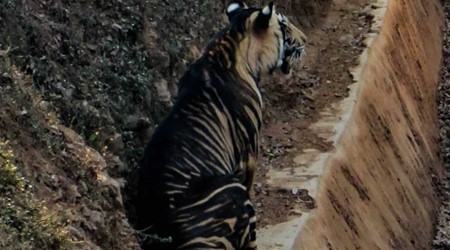
Source:
Regulatory sandbox
- Context: The RBI has announced the opening of the third cohort of regulatory sandbox.
- Regulatory sandbox refers to live testing of new products or services in a controlled/regulatory environment for which regulators may or may not permit certain regulatory relaxations.
- The sandbox allows regulator, innovator, financial services providers and customers to conduct field tests to collect evidence on benefits and risks of new financial innovations while carefully monitoring and containing risks.
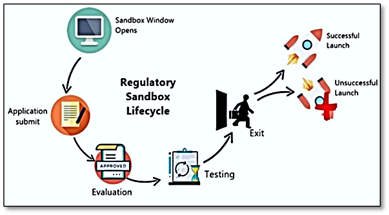
- Benefits of Regulatory Sandbox
- Fosters ‘learning by doing’ on all sides including regulators, financial service providers, Innovators, FinTech companies and customers.
- FinTechs provide solutions that can further financial inclusion in a significant way.
- Provides a structured and institutionalized environment for evidence-based regulatory decision-making.
Sources:
FASTag-based parking service
- Context: India’s first FASTag-based metro parking facility.
- It has been enabled by Paytm in partnership with the Delhi Metro Rail Corporation (DMRC).
- A FASTag is an electronic toll collection system operated by NHAI.
- It uses Radio Frequency Identification (RFID) technology to collect toll payments directly from a linked account. It is fixed in the front of the vehicle and allows to drive through tolls without stopping for payments, saving both time and fuel.
- Paytm Payments Bank Ltd (PPBL) will facilitate the processing of all FASTag-based transactions for cars having a valid FASTag sticker along with a UPI-based payment solution for two-wheelers entering the parking site.
- This is a step towards digitalization that helps providing solutions to the customers especially in the current scenario where contactless transactional methods are the need of the hour.
Source:
LCA-Mk2
- Context: Light Combat Aircraft (LCA) Tejas-Mk2 to be rolled out in 2022.
- LCA Mk2 is a 4.5 generation aircraft which will be used by the Indian Air Force.
- It is a replacement for the Mirage 2000 class of aircraft with a bigger engine and can carry 6.5 tonnes of payload compared to 3.5 tonnes which the LCA can carry.
- It will be manufactured by the state-owned Hindustan Aeronautics Ltd (HAL) and will go into production by 2025-2026.
- The aircraft features enhanced range and endurance including an onboard oxygen generation system, which is being integrated for the first time.
- Heavy weapons of the class of Scalp, Crystal Maze and Spice-2000 will also be integrated on the Mk2.
- The LCA-Mk2 will be a heavier and much more capable aircraft than the current LCA variants.
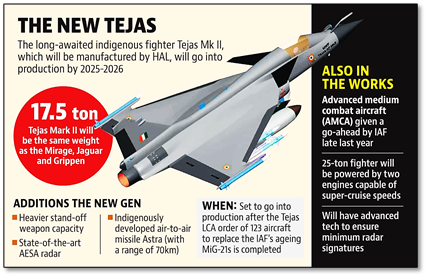
Source:
The US Green Card
- Context: US Government has proposed the provision of Green card for a fee.
- A Green Card, officially known as a Permanent Resident Card, is a document issued to immigrants as evidence that the bearer has been granted the privilege of residing permanently in the US.
- The supplemental fees for permanent residence is different for different categories of applicants.
- The proposal is expected to benefit many Indian IT employees who are now placed in a long line for a Green Card.
- The legalization plan would however allow unauthorized people who arrived to the US as kids, farmworkers, and other pandemic-era key employees to seek full US residency, or green cards.
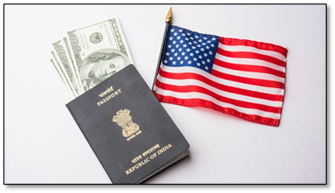
Source:
Re-examine crypto policy
Essence: The investment in cryptocurrencies is growing globally with 150 million people (10 % Indians) invested in more than 10,000 cryptocurrencies having market capitalization of more than $2.1 trillion. It is almost three-fourths of India’s GDP. It raises concerns of sovereign functions of the state (in currency and coinage) and increasing dark net transactions.
In this backdrop, the world is divided between banning cryptocurrencies and accepting them as legal tender. Also, the policies and regulatory regime of India lacks clarity on cryptos. There is a need for re-examining the policies regarding crypto currency as significant investments in cryptos are white money. The demand is visible as many leading economies are taking a broader view on cryptos, Indian technocrats are being hired by the blockchain industry and ineffective banning may result in a parallel economy of cryptocurrencies.
Why you should read this article?
- To understand the significance and concerns of the Cryptocurrencies
- To understand the need to reexamine India’s policy on Cryptocurrencies.
Source
Pegasus vs Privacy: What the government can expect from the Supreme Court
Essence: This article is written in the backdrop of recent appointment of an independent committee by the Supreme Court on Pegasus spyware issue. There have been questionable claims of government using spyware on its citizens and the purchase of the software itself. Indian laws clearly state the mechanism for interception, decryption or monitoring of individual communication. The present possible violation scenario raises the debate over various acts and Centre’s right to interception or monitoring citizen’s data.
Why you should read this article?
- To get an overview of Pegasus spyware issue and how it is questioning citizen’s privacy.
To understand why burden may shift to government to prove Pegasus usage is non-violative of Right to privacy
Source:
Topic- Pegasus vs Privacy: What the government can expect from the Supreme Court
India’s ‘early harvest’ trade deals could run into trouble
India is moving away from the principle of MFN (Most Favoured Nation) on which WTO is based, towards the free trade agreement negotiations. India is trying to conclude Early Harvest trade deal with several countries such as UK, Australia, the European Union and Canada, which cover half or selective goods under free trade.
This is a step towards liberalisation which was envisaged in the 1991 reforms but the rise in protectionism and increased tariffs during 2014-2020, moved India away from the Free Trade talks. A possible reason could be FTA’s demand compliance with international laws under the General Agreement on Tariff and Trade (GATT) and WTO, hence the freedom of individual country is circumscribed. India has stayed away from FTAs despite the Economic Survey 2019-2020 concluding them to be beneficial. Early harvest trade deals are a positive move but might face resistance in WTO, but can be saved from a possible indictment at the WTO if they are designed and presented as interim agreements leading to the formation of a free trade agreement.
Why you should read this article?
- To understand the concept of Early Harvest trade deals.
- To understand the shift in India’s Trade Policies from being protectionist to free trade negotiations.
Source:
Schoolasiam: Beyond the conventional classroom
Background
- Theoretical regimen: education through mugging of textbooks, monotony, and discipline, especially in the marginalized schools has been the norm.
- Devoid of experiential learning: leading to poor quality and retention of learning, skills.
A learning-based model
- Mohammad Sajid Hussain: a scientist by profession started a schooling model in his native village in Jharkhand to address the cause.
- School + Gymnasium: pedagogy to exercise the brain through practical learnings.
- Outcome based approach: real life experimentation with subjects and objects.
- Learning environment: knowing if food is acidic or alkaline through tasting; organic farming; making a ceiling fan through spare parts, etc.
- Financial assistance: a meagre fee of Rs 500/month is waived off for students from poorer background.
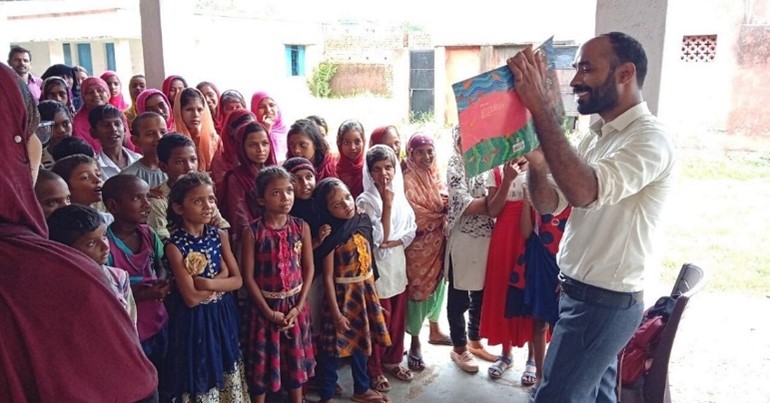
Quote:
“Creativity is natural extension of our enthusiasm”. -Warren Bennis
Where can it be used:
Paper 2: Education
Paper 4: Social Influence and Persuasion, Leadership
Source:
Share the article
Get Latest Updates on Offers, Event dates, and free Mentorship sessions.

Get in touch with our Expert Academic Counsellors 👋
FAQs
UPSC Daily Current Affairs focuses on learning current events on a daily basis. An aspirant needs to study regular and updated information about current events, news, and relevant topics that are important for UPSC aspirants. It covers national and international affairs, government policies, socio-economic issues, science and technology advancements, and more.
UPSC Daily Current Affairs provides aspirants with a concise and comprehensive overview of the latest happenings and developments across various fields. It helps aspirants stay updated with current affairs and provides them with valuable insights and analysis, which are essential for answering questions in the UPSC examinations. It enhances their knowledge, analytical skills, and ability to connect current affairs with the UPSC syllabus.
UPSC Daily Current Affairs covers a wide range of topics, including politics, economics, science and technology, environment, social issues, governance, international relations, and more. It offers news summaries, in-depth analyses, editorials, opinion pieces, and relevant study materials. It also provides practice questions and quizzes to help aspirants test their understanding of current affairs.
Edukemy's UPSC Daily Current Affairs can be accessed through:
- UPSC Daily Current Affairs can be accessed through Current Affairs tab at the top of the Main Page of Edukemy.
- Edukemy Mobile app: The Daily Current Affairs can also be access through Edukemy Mobile App.
- Social media: Follow Edukemy’s official social media accounts or pages that provide UPSC Daily Current Affairs updates, including Facebook, Twitter, or Telegram channels.

